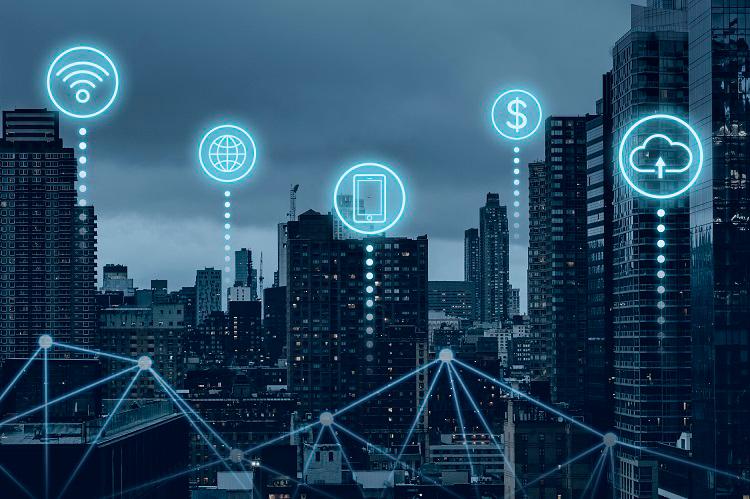MALAYSIA is making significant strides in its 5G network roll-out, positioning itself as a regional leader in next-generation connectivity.
As of December last year, the country’s 5G coverage reached 82.4% of populated areas, a notable increase from 68.8% in
August 2023.
Public adoption of 5G services has surged, with user penetration rising to 53.35% by the end of 2024, more than doubling from 24.6% the previous year. This rapid uptake reflects growing consumer confidence and the increasing availability of 5G-compatible devices.
The expansion of 5G infrastructure promises numerous advantages for both consumers and businesses. In the healthcare sector, initiatives, such as the Future Health 4 All programme, are leveraging 5G to enhance digital monitoring and screening capabilities, aiming to improve patient care and accessibility.
Meanwhile, on the business front, particularly for key industrial hubs such as Selangor and Johor, 5G offers opportunities to adopt advanced technologies such as automation and the Internet of Things (IoT). However, Communications Minister Datuk Fahmi Fadzil has noted that many SMEs have yet to fully utilise 5G’s potential, indicating a need for increased awareness and support.

Understanding 4G vs 5G
While 4G networks were primarily designed for mobile phone use, 5G represents a significant evolution in mobile networking, offering enhanced capabilities across various sectors.
One of the most notable and obvious differences is speed, where 5G is able to deliver data rates up to 20 gigabits per second (Gbps), vastly surpassing 4G’s maximum of 1Gbps.
Latency, or the delay before data transfer begins following an instruction, is another area where 5G outperforms 4G. While 4G networks typically experience latencies of around 30 to 70 milliseconds, 5G aims to reduce this to as low as 1 millisecond. This reduction is crucial for applications requiring real-time responsiveness, such as autonomous vehicles and remote surgeries.
Additionally, 5G networks are designed to handle a significantly higher number of connected devices per square km compared to 4G, making them ideal for densely populated areas and the growing ecosystem of IoT devices, such as Selangor, Johor, Penang and other similarly dense cities.
This increased capacity ensures more stable and reliable connections, even in crowded environments such as stadiums or urban centres.

Progress thus far
Despite the progress, the 5G rollout faces several challenges. The initial focus on urban areas has left rural regions with comparatively lower coverage. For example, as of July last year, Sarawak and Sabah had 5G coverage of 62% and 68.6%, respectively. Efforts are underway to expand infrastructure in these areas, but terrain and logistical issues pose ongoing obstacles.
Additionally, the government’s decision to introduce a dual-network model aims to foster competition and reduce monopolies in the telecommunications sector. U Mobile’s partnership with China’s Huawei and ZTE to develop Malaysia’s second 5G network exemplifies this approach.
As Malaysia continues to advance its 5G infrastructure, the focus will likely shift towards ensuring equitable access across all regions and encouraging industries to integrate 5G technologies into their operations. The government’s commitment to expanding coverage and fostering a competitive environment sets the stage for a more connected and technologically advanced nation.









